Idea by
Dominique Turzer
http://www.dominique.turzer.eu
Call for ideas 2021
How houses meet
How houses meet
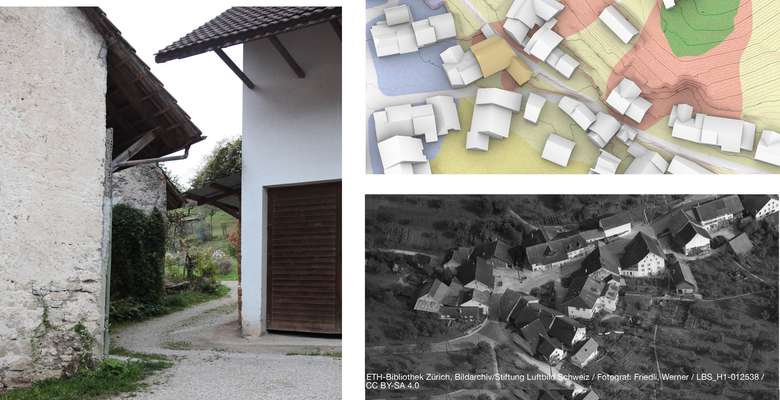
- Systemic changes
I believe, the crisis of building culture, that many places are facing, is actually a crisis of confidence in feelings and our sense of place. The basic questions for this toolbox are:
- how to find potential actors involved in a place?
- how to show possible transformations of the place?
- how to evaluate, compare and document them in sensitive and respectful ways?
What I hope to achive for the future of architecture is:
1. involving more (f)actors and minds in the design process
2. to strengthen architecture as a social practice, not only for people, but indirectly also for animals, plants, topography, microclimate, etc.
3. architects and planners would become creative instigators and mediators in this process
4. to increase the sensitivity of the participants for each other and the intuition for proportions and materiality
5. to establish the sense of place and its transformation as a central quality of architectural design.

I see 3 types of tools:
1. sensors: to slow down and extend perception (e.g. pencil, microphone, microscope...) to discover and consult possible actors from neighbours to soil organisms
2. models: physical and virtual, to analyse and design the house constellations: whether made of sticks and strings or via VR glasses and Fologram, they help to develop a sense of proportion and scale
3. contracts: A successful design and its agreements could be stored online with a local access code on-site.
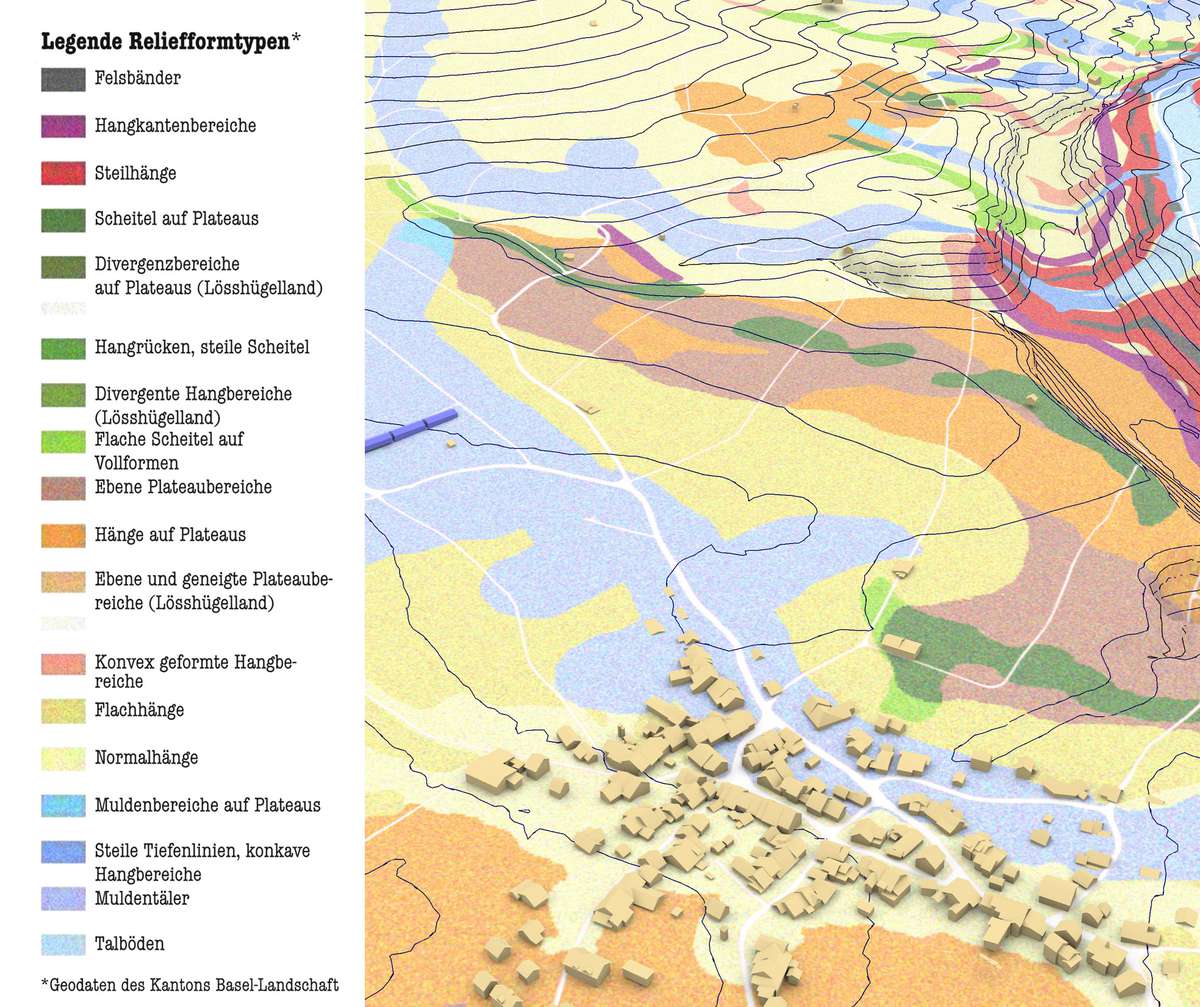
A collaborative design practice might get inpired by reading historic settlement morphologys. I discovered some spatial patterns in my local Table Jura villages:
1. rows and offsets - rows of houses forming narrow and wide areas along the street
2. micro-quarters - dense clusters of houses forming squares along the street
3. pioneers - farms that break away from the village and indicate a direction of growth
4. remaining open spaces - undeveloped land that becomes the target of densification
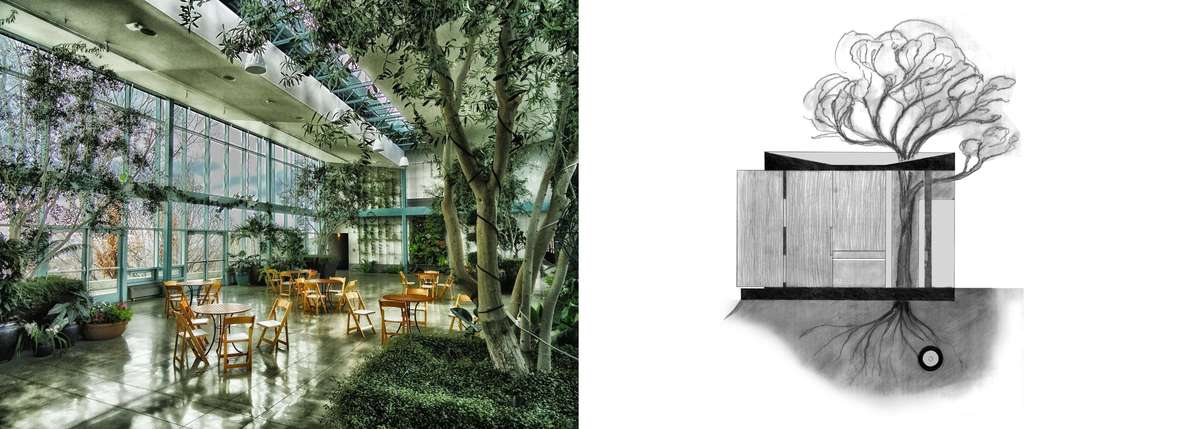
Practical aims of these tools could be:
1. that in closing the remaining open spaces
- both the neighbourhoods,
- as well as the movement areas of animals
- and locations of plants are taken into account
2. that an equal creation of natural and social spaces takes place: For every new building, create a piece of wilderness!
3. that aesthetic education leads to a culture of simple and durable building that favours spatial ideas over technical solutions.
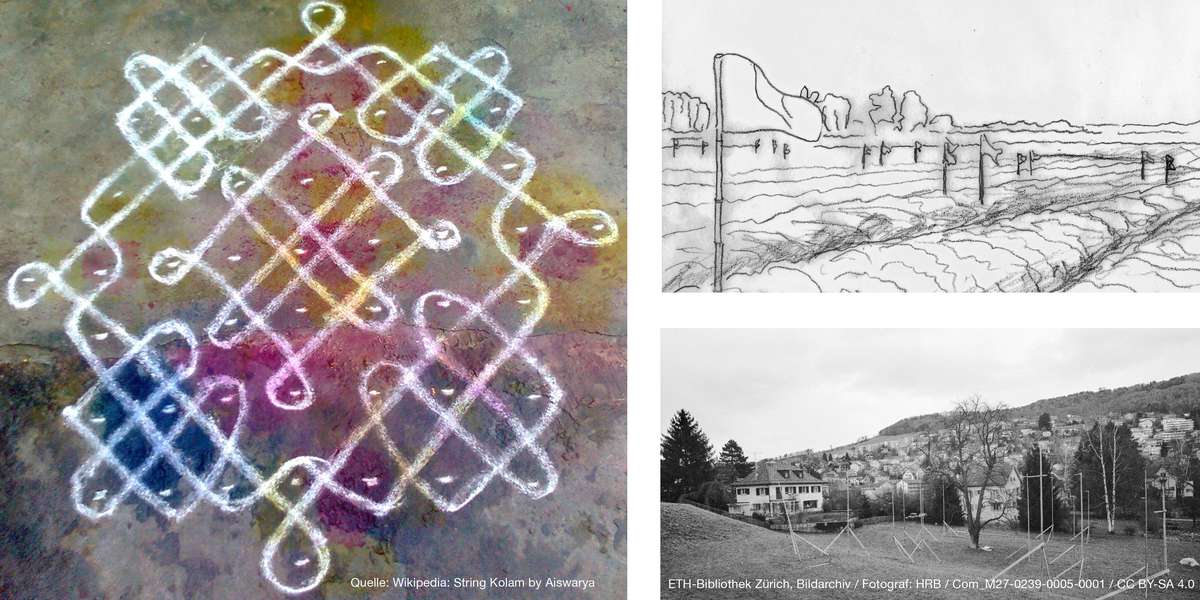
The tools are developed and refined in actual places and with specific problems in mind; they remain a work in progress.
The long-term goal of the tools is:
1. to improve the relationship with ourselves (psyche), the social relationships (socius) and the relationships with our environment. Félix Guattari has described these areas as "ecologies".
2. to find new political and social strategies for dealing with the "soil" and to find a legal framework for them.
How houses meet
How houses meet

- Systemic changes
I believe, the crisis of building culture, that many places are facing, is actually a crisis of confidence in feelings and our sense of place. The basic questions for this toolbox are:
- how to find potential actors involved in a place?
- how to show possible transformations of the place?
- how to evaluate, compare and document them in sensitive and respectful ways?
What I hope to achive for the future of architecture is:
1. involving more (f)actors and minds in the design process
2. to strengthen architecture as a social practice, not only for people, but indirectly also for animals, plants, topography, microclimate, etc.
3. architects and planners would become creative instigators and mediators in this process
4. to increase the sensitivity of the participants for each other and the intuition for proportions and materiality
5. to establish the sense of place and its transformation as a central quality of architectural design.
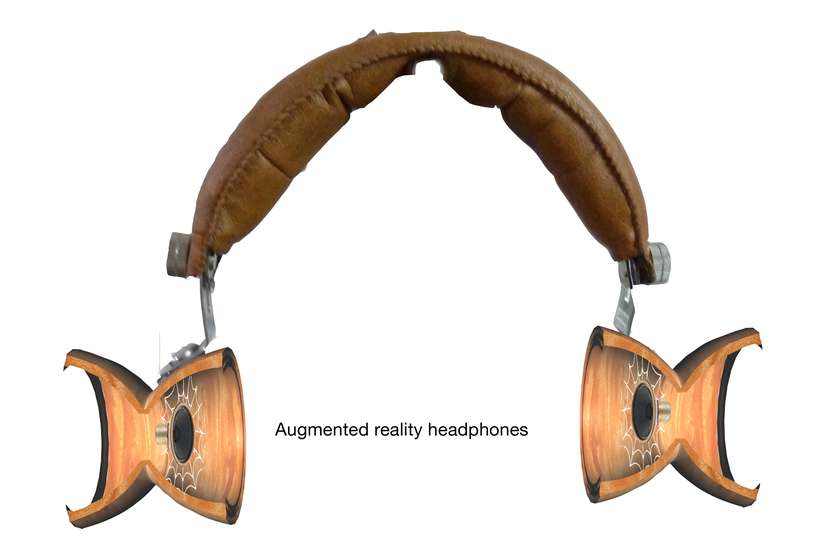
I see 3 types of tools:
1. sensors: to slow down and extend perception (e.g. pencil, microphone, microscope...) to discover and consult possible actors from neighbours to soil organisms
2. models: physical and virtual, to analyse and design the house constellations: whether made of sticks and strings or via VR glasses and Fologram, they help to develop a sense of proportion and scale
3. contracts: A successful design and its agreements could be stored online with a local access code on-site.
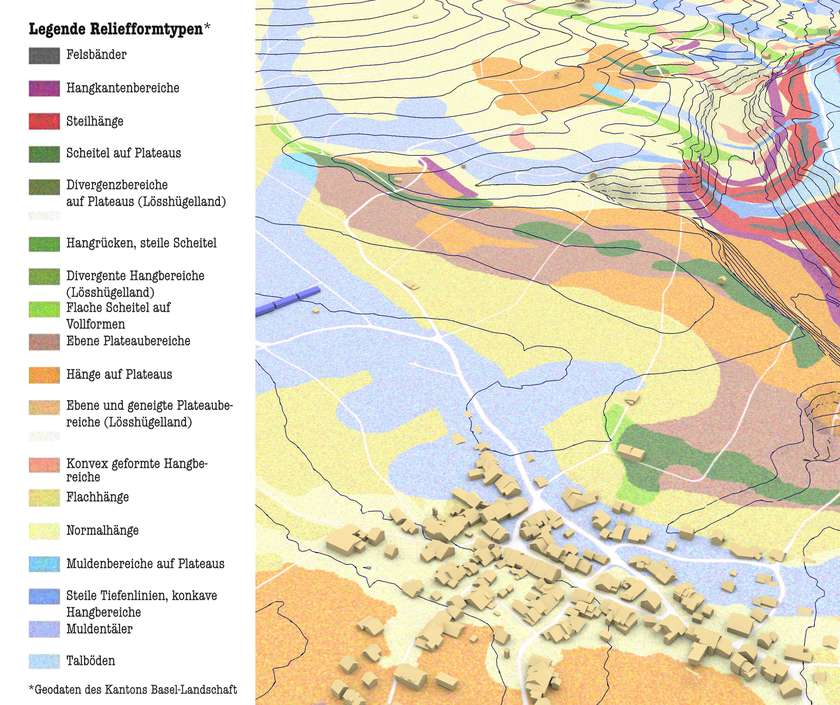
A collaborative design practice might get inpired by reading historic settlement morphologys. I discovered some spatial patterns in my local Table Jura villages:
1. rows and offsets - rows of houses forming narrow and wide areas along the street
2. micro-quarters - dense clusters of houses forming squares along the street
3. pioneers - farms that break away from the village and indicate a direction of growth
4. remaining open spaces - undeveloped land that becomes the target of densification
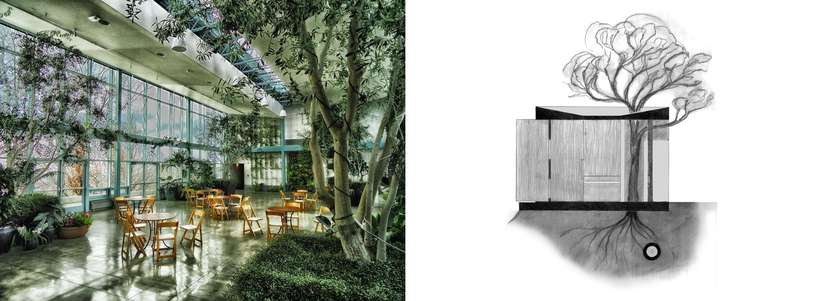
Practical aims of these tools could be:
1. that in closing the remaining open spaces
- both the neighbourhoods,
- as well as the movement areas of animals
- and locations of plants are taken into account
2. that an equal creation of natural and social spaces takes place: For every new building, create a piece of wilderness!
3. that aesthetic education leads to a culture of simple and durable building that favours spatial ideas over technical solutions.
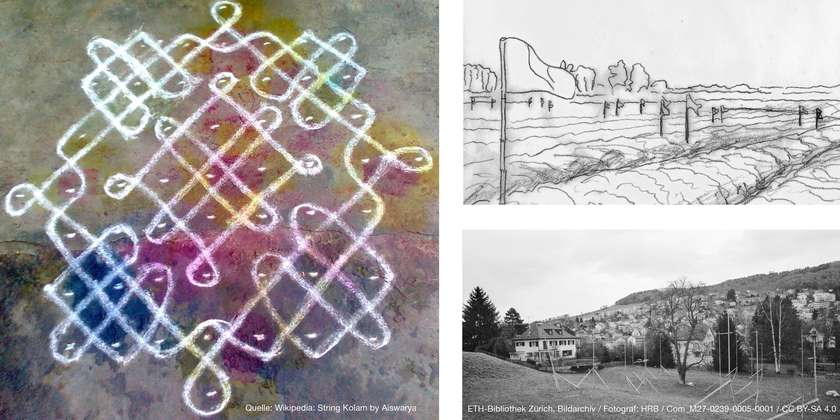
The tools are developed and refined in actual places and with specific problems in mind; they remain a work in progress.
The long-term goal of the tools is:
1. to improve the relationship with ourselves (psyche), the social relationships (socius) and the relationships with our environment. Félix Guattari has described these areas as "ecologies".
2. to find new political and social strategies for dealing with the "soil" and to find a legal framework for them.